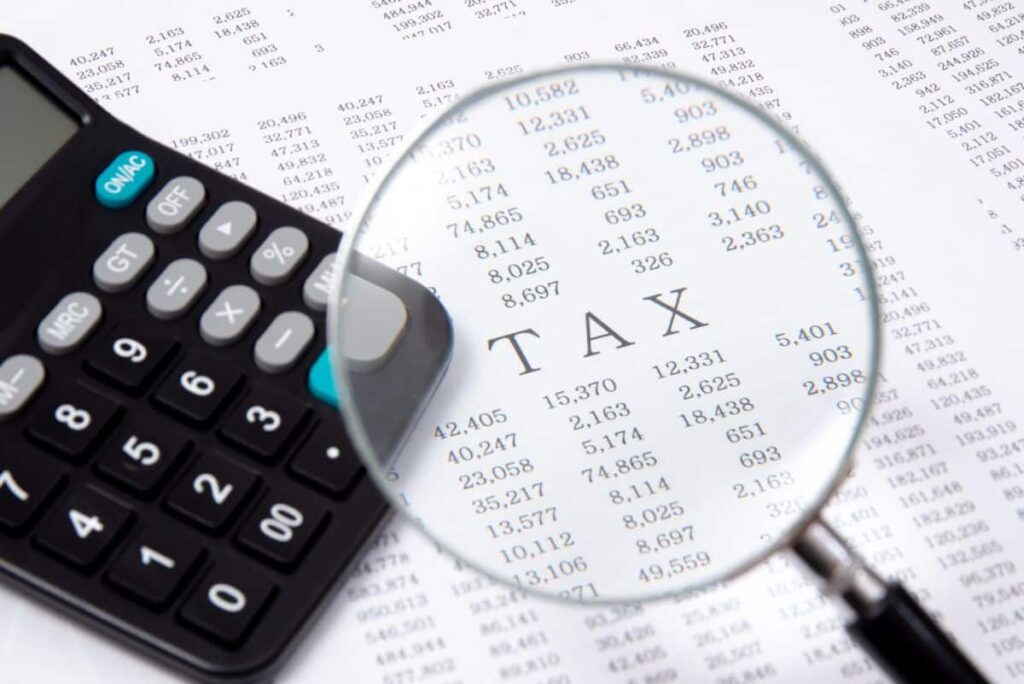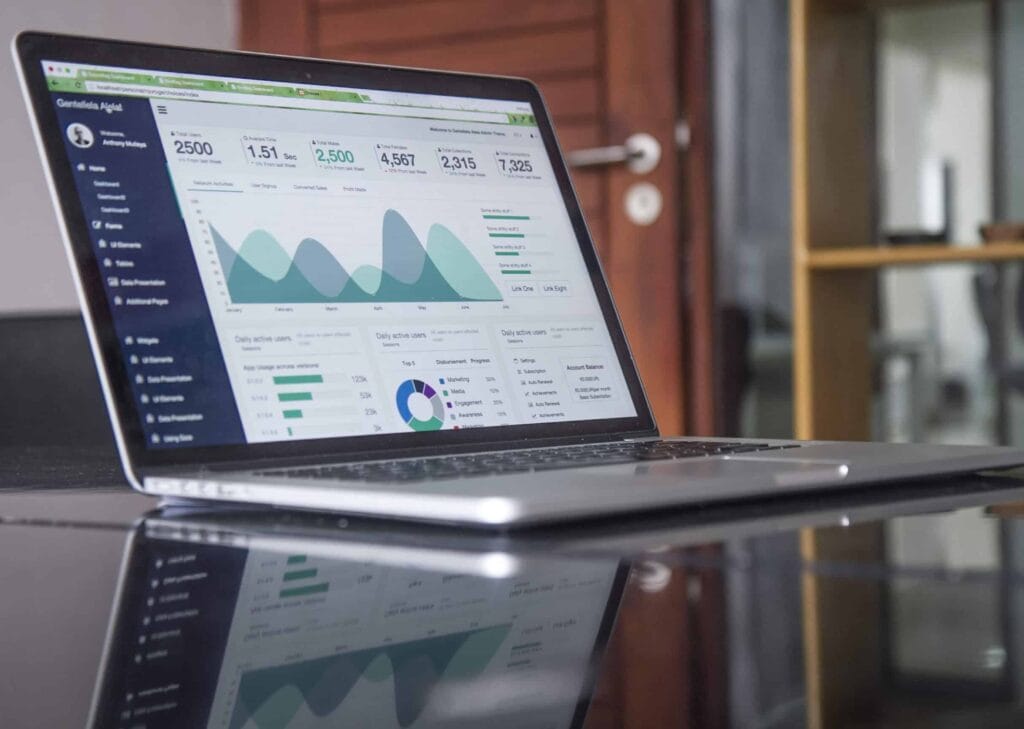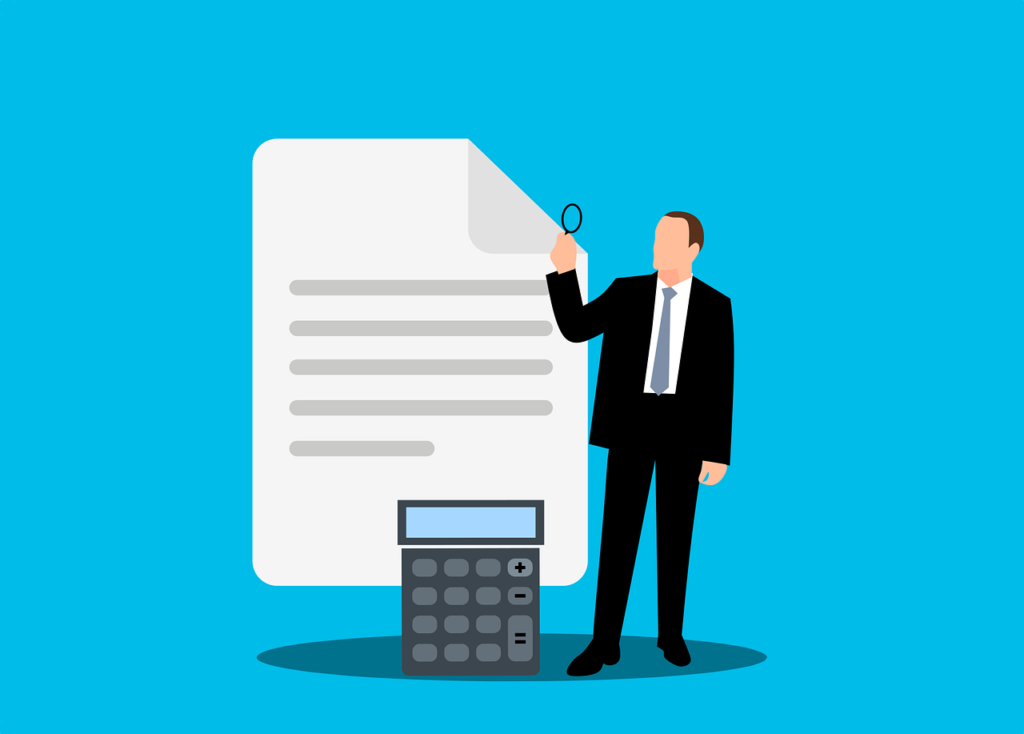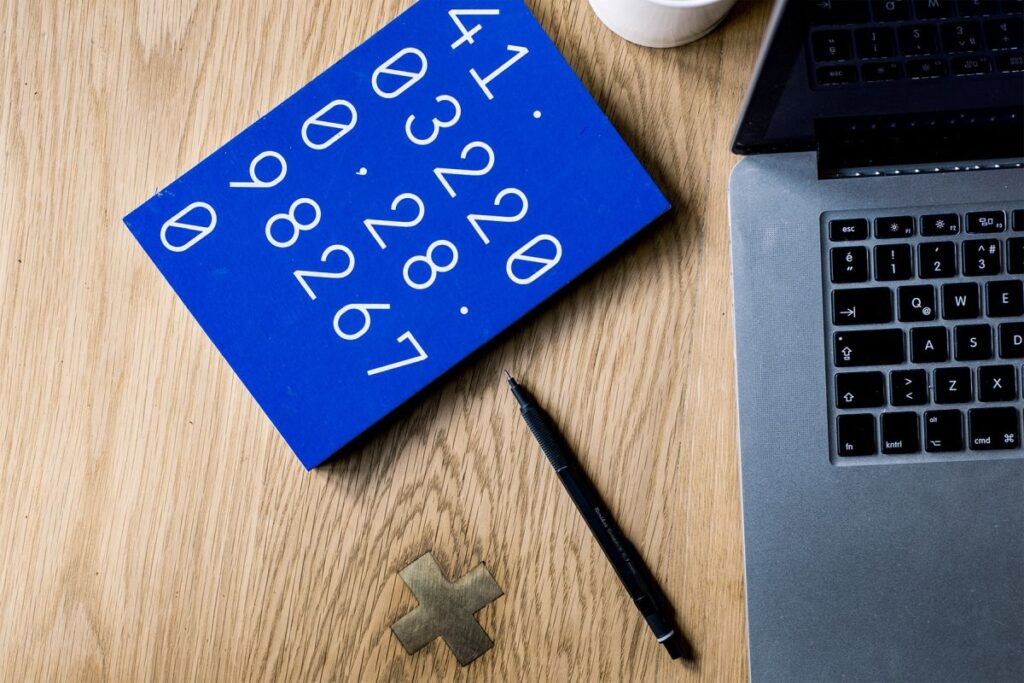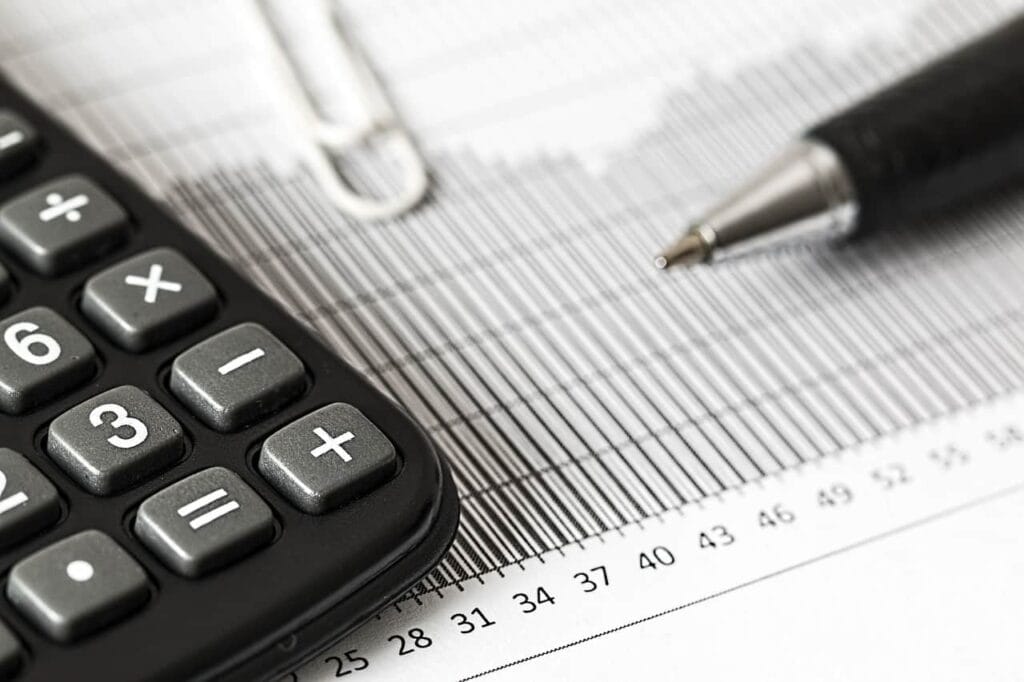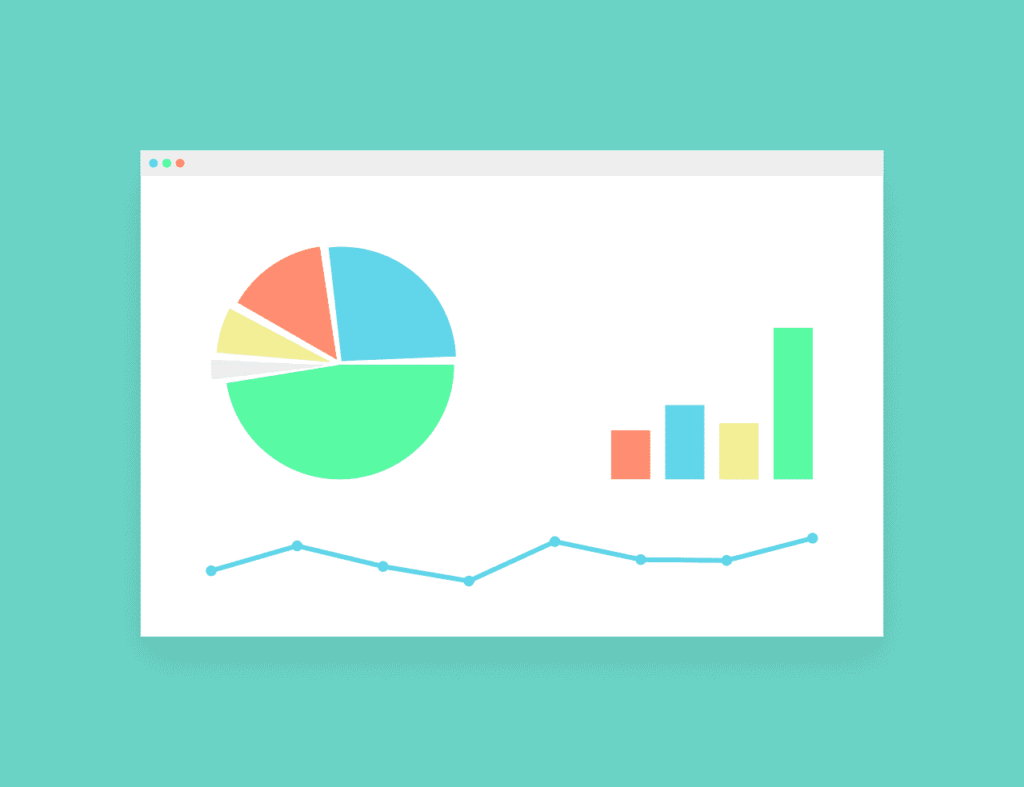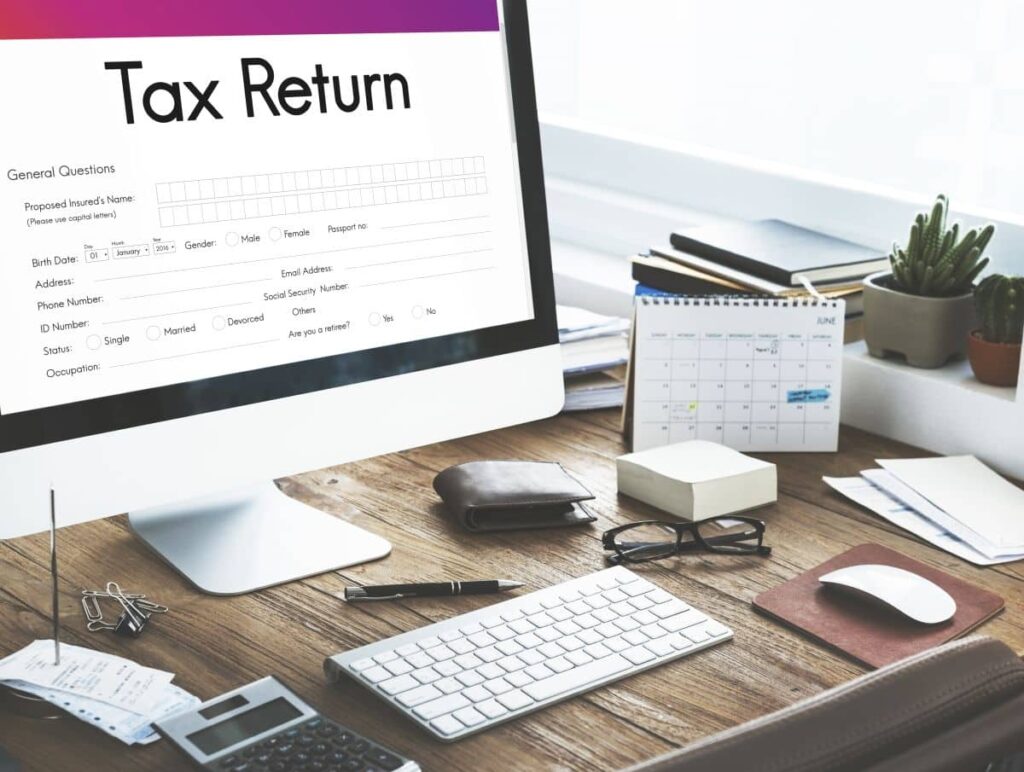What You Can Claim On Tax While Working From Home
If you live in Australia and you work from home, you may be eligible for certain tax deductions. Were you aware of this? There are choices open to you regarding your home office, even if it is nothing more than a nook tucked away in the living room. In today’s piece, we’ll take a look at some of the deductions and credits that are available to people who work from home. Read on for some useful advice, whether you operate your own business from home or are a self-employed contractor.
If you are one of the many people in Australia who works from home, you may be curious about the types of deductions you can claim on your tax return. If this is the case, continue reading. To our good fortune, there are quite a few! In this article, we will take a look at the most typical deductions that people claim for working from home, and we will do it in the context of a blog post.
Are you one of the fortunate people that have the opportunity to work from the comfort of their own homes in Australia? There are a few different items that, depending on how your employment is structured, you might be eligible to claim on your tax return. Here is the information that you require.
Isolation due to the Coronavirus: Here’s What You Can Deduct From Your Taxes If You Work From Home
As of right now, there have been at least 26958 confirmed instances of COVID-19 in Australia, and it is anticipated that this figure will increase substantially over the next few weeks. Already, many organizations are implementing emergency plans to keep operations running and employees safe, with working remotely for a lengthy period of time being a central tenet of these strategies.
However, working from home presents its own unique set of issues, not the least of which is the additional financial burdens it places on workers.
Consider the additional expenditures that many people will incur if they rise to the challenge of working from home: higher power bills, more use of personal mobile phones and home internet, and even higher costs associated with maintaining a clean and organized home office space.
Is it, therefore, permissible to submit an itemized tax deduction claim for any of these additional costs? The happy news is that the answer is yes.
What Kinds of Tax deductions Are Available to You?
When you work from home, you have the ability to deduct a percentage of the household expenses that are directly related to your job, such as:
- The bills for the heating, cooling, and lighting;
- Expenses incurred for cleaning your home office space;
- deterioration of the value of the home office’s furnishings and fittings;
- Expenses related to the wear and tear of office machinery and computers;
- Expenses incurred for the repair of home-office equipment, furnishings, and furniture;
- Items with a cost of less than $300, including pieces of furniture and computer equipment, are eligible to have the entire purchase price written off immediately (they are not required to be depreciated);
- stationery and other office supplies, as well as computer consumables (such printer ink);
- Costs associated with using the internet with a mobile or landline phone.
If you are working from home and using a home office, you might believe that you are entitled to a deduction for a portion of your rent or the interest on your mortgage; however, this kind of deduction is not permissible.
It is highly recommended that you devote a certain space in your home to serving as your workplace. If, on the other hand, you are using a room that serves more than one function (like a dining room), or if you are using a space that is used with other people (like a lounge room), then you can only claim the expenses for the hours that you had sole use of the area.
How do you want to present your claim?
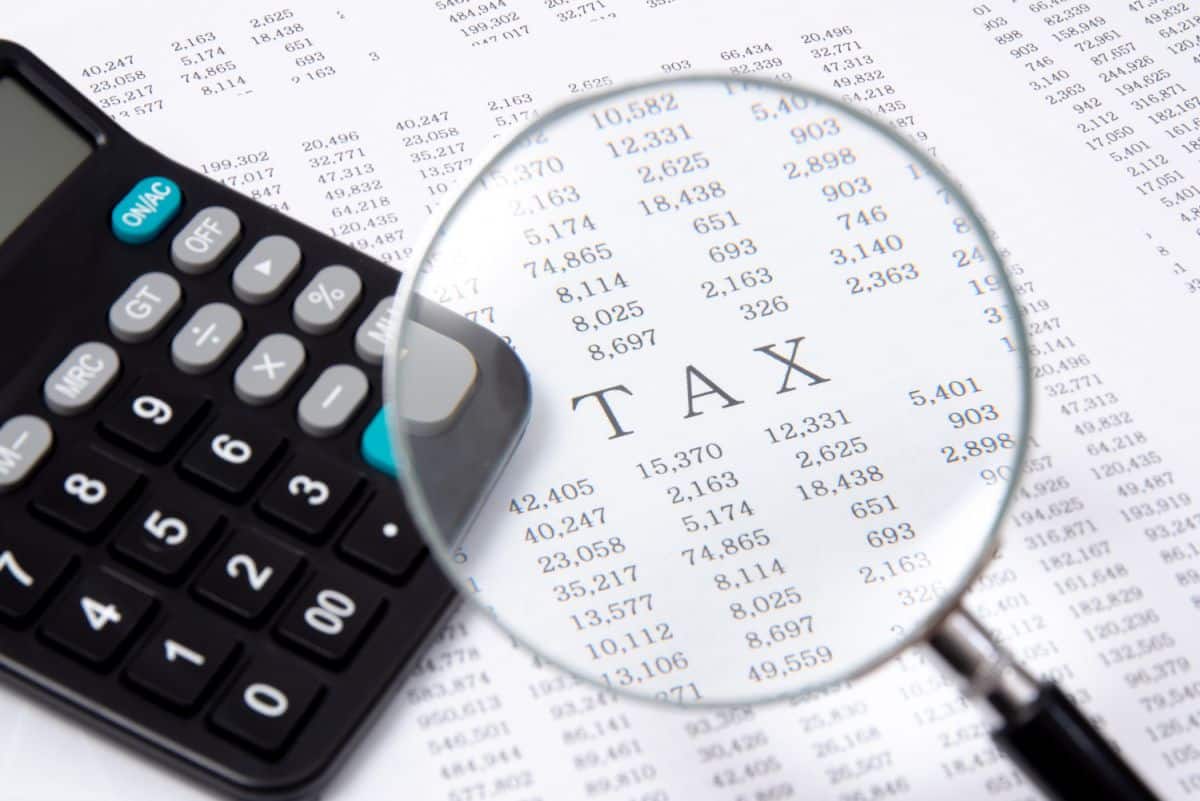
There are two approaches to this:
Diary method/actual running expenses
Keep a record so you can figure out how much of the costs of operating your household are attributable to the fact that you perform work in your home. The diary should include a comparison of the amount of time you spend working from home to the total amount of time spent working from home by other people. Maintain a record in your journal for a period of four weeks that is representative. The “work-use proportion” that you calculate over the course of that four-week period can then be applied to all of the real expenditures that you incur throughout the course of the year. When compared to the other approach, this one typically results in a higher deduction; however, the standards for record-keeping are more stricter.
It is possible that you currently work from home on occasion; nevertheless, the percentage of time spent working from home is expected to increase significantly over the next several weeks or months. If this is the case, you should keep a separate diary for the time period during which you are working from home because of the ‘corona effect.’ This will allow you to justify making a larger claim for the time period in question. However, you shouldn’t try to apply this larger work-related proportion to the entire year.
ATO approach of charging by the hour
Alternately, rather than keeping track of the specifics of real costs, you may use a flat rate of 52 cents per hour to account for expenses related to your home office, such as heating, cooling, lighting, and the value reduction of your furniture. You simply need to keep track of the amount of time you spend working from home, multiply that number by the rate of 52 cents per hour, and submit the result.
You can make a separate claim for each of the following in addition to the standard one for 52 cents per hour:
- phone and internet expenses;
- stationery and other consumables for computers;
- the decrease in value over time of assets such as computers or other equipment.
Last but not least, a word of caution: it is quite common for individuals to have insufficient documentation to support a home office claim, particularly concerning the proportionate split between business use and personal use, so make sure to keep records. It is quite common for individuals to have insufficient documentation to support a home office claim.
Expenses You Can Claim
According to the Australian Taxation Office (ATO), individuals who maintain a home-based business may be eligible to deduct the “operating expenses” listed below:
- Expenses related to the use of electricity for heating, cooling, and lighting the location from which you work as well as powering the tools and equipment that you use for your job;
- expenses associated with maintaining a separate workspace;
- You can deduct the cost of home office equipment, such as computers, printers, phones, furniture, and furnishings if it meets one of the following criteria:
- the total amount due for items with a value of up to $300;
- goods with a value of more than $300 see a value decrease.
- phone and internet expenses;
- stationery and other office supplies, as well as computer consumables (such printer paper and ink);
Things That You Are Not Able to Claim
You are not allowed to deduct expenses that are associated with occupancies, such as the interest on your mortgage, rent, or rates.
You are not allowed to make a claim for milk and coffee, as well as other common home commodities that your employer may have routinely provided for you while you were at work.
How to Determine the Value of Your Claims
Keeping track of one’s expenditures can be challenging even under the best of circumstances. As a result, the Australian Taxation Office (ATO) has devised a simpler “shortcut method” of computing additional expenses incurred beginning on March 1, 2020, and continuing until at least June 30, 2020.
Because COVID-19 allows you to claim a deduction of 80 cents for every hour that you work from home, you can do so if you follow this technique. According to the ATO, the only people who are allowed to do this are:
- working from home to fulfil your employment duties and not only carrying out minimum chores such as checking emails or accepting calls occasionally is not considered working from home to fulfil employment requirements.
- as a result of working from home, you will have additional operating expenditures, some of which are tax-deductible.
The expedited method accounts for deductible operating expenses, such as the following:
- the electricity that you employ to keep yourself lit up, warm-up, or power your computer;
- decrease in the market value of home office furnishings;
- telephone expenses;
- Internet service fees;
- printer ink;
- stationery.
Keeping of Records
You are required to keep records in order to qualify for any tax deduction.
If you adopt the shortcut technique, the only thing you will have to keep track of is the amount of time you spend working from home. You could accomplish this goal by utilizing a spreadsheet or maintaining a journal.
If you opt to claim expenses using alternative ways, you will not only be required to keep track of the number of hours that you worked from home, but also comprehensive records of all of the money that you spent working from homes, such as receipts and utility bills.
What You Can and Can’t Claim
The way in which we do our jobs is evolving, and working remotely has become the new standard for many people. This provides a significant amount of leeway for flexibility, and in addition, your home office expenses can be written off in a variety of different ways on your tax return.
There are a lot of people who are missing out on legitimate deductions because they are unaware that they can make a claim for working from home. However, in order to prevent getting punished for an error in judgment, you need to make sure that you adhere to the guidelines at all times.
The most typical mistakes include claiming a work-related proportion for a certain kind of expense that is too high, claiming something that shouldn’t be claimed at all, or simply failing to keep documents to verify the expense.
If you do any amount of work from home, whether it be full or part-time, you may be eligible to deduct some of the costs associated with running a home office from your taxable income. If, on the other hand, you choose to establish your home office in a room that is used for more than one thing (such as the living room or the dining room), you will only be able to deduct the costs associated with that office for the time period during which you had sole use of the space.
When you work from home, what are the guidelines for claiming the expenses you incur?
If you do business from the comfort of your own home and have a dedicated space for doing so, you might be eligible to deduct some of the costs associated with owning as well as operating the space. Imagine, however, that you run your company or carry out your work in a different location (like an office), but that you do some work at home on occasion. Even if you have a specific space in your house designated as an office, you are not eligible to claim occupation expenditures in this scenario.
Among the expenses related to your home office that you might be eligible to deduct are the following:
Occupancy expenses
Such as the rent, the interest on the mortgage, the rates, the land taxes, and the premiums on the homeowner’s insurance (but only in limited circumstances).
Heating, ventilation, and lighting were provided.
You will need to cool down your home office in the warmer months and heat it up during the colder months. In order to see what you are doing, you will also need light. This indicates that you are eligible to make a claim for a portion of the various domestic utility costs that are associated with the time spent working at your home office. You are not allowed to make a claim, however, during the times when your home office is being used for other things, nor can you make a claim for the portion of your utility costs that is related to the rest of your house.
Equipment for use in the home office, such as desktop computers, printers, and telephones
You have the option of claiming the whole cost (for things with a price tag of up to $300) or the loss in value (for items with a price tag of $300 or more). If you run your own business, you might be able to instantly write off any equipment you buy, regardless of how much it costs.
Work-related phone calls (including mobiles) and phone rental.
If you are able to demonstrate that you are required to remain on call or make regular calls to your staff, employer, customers, or clients while you are away from your place of employment, you may be eligible to claim a portion of the cost of the line that corresponds to the proportion of time spent using it for work-related purposes.
The value of the furniture and fixtures in the home office has decreased
In a similar vein, if you buy technological goods to use in your home office, you can depreciate those items over the course of their life and claim a deduction each year for the portion of your income that is related to your employment. This could involve the following:
- Tablets;
- Mobile phones;
- Printers;
- Computers;
- Laptops;
- Various other items Make sure that you are claiming the share of other costs that are relevant to work, such as:
- Supplies and consumables for computers, such as printer ink;
- Stationery;
- Expenses related to telephone and internet use;
- The cost of cleaning;
- the costs associated with repairing the furnishings and fixtures in your home office.
You Can Now Make Use Of A New Method To Calculate Your Work-From-Home Expenses That Has Recently Been Made Available To You

Which approach do you find most helpful?
The Australian Taxation Office (ATO) just recently revealed a new technique that would make it simpler for individuals who are new to working from home to file a claim for tax deductions.
This new method, which has been dubbed the “shortcut method,” enables you to claim 80 cents per hour for each hour worked from home beginning on March 1, 2020, and continuing through June 30, 2020 (the income year 2019/20) and beginning on July 1, 2020, and continuing through June 30, 2021 (the income year 2020/21).
Let’s take a look at both the new “shortcut approach” and the previous “operating expenses” method so that we may determine which one is more applicable to your situation. If you choose the incorrect technique, you run the risk of shortchanging yourself on your tax return by a significant amount of money, depending on the specifics of your situation.
Expenditures for operations using the standard method of a fixed rate
When you work from home, you are eligible to receive 52 cents per hour. In addition, you are able to make a separate claim for the proportion of your phone, internet, and computer depreciation costs that is attributable to your employment.
The “shortcut” method: an alternative approach
In a manner comparable to that of operating expenses, according to this approach (which will only be accessible until March 2020), you will be able to claim 80 cents per hour. However, this is a crucial point, it encompasses everything! Other expenses associated with working from homes, such as those related to the phone, internet, stationery, or the depreciation of furniture or equipment, cannot be claimed individually. This “80 cents” option is being promoted by the ATO, however, the majority of people will receive a lower tax refund if they make a claim of this kind.
The “occupancy expenses” option is the other method that is currently available.
Only the “running expenses fixed rate” technique and the new “shortcut” method are compared in this article for the sake of clarity and simplicity. There is a third, more involved approach of claiming expenditures incurred while working from home, which is available. This approach is only accessible to you if you work from home full-time and continuously, which means that it is not relevant for the COVID-19 application.
Which Approach Will Be Most Successful for Me?
As can be seen from the examples provided above, the question ultimately boils down to which of the costs associated with working from home are covered by your company and which ones you are responsible for paying on your own. The new 80c technique could work for you if you are in a situation where your employer covers all of your expenses; nevertheless, the original Running Expenses method provides a greater tax refund for the majority of people who pay for their own expenses out of their own pockets.
It is crucial to keep in mind that the rules governing the standard deduction apply to any deduction you claim on your tax return:
- You must have come up with the money to cover the expense all on your own.
- It must be directly relevant to the task that you do.
- It is impossible that you have already been compensated for the expense.
Mistakes That People Frequently Commit When Attempting to Recover Expenses Related to Working from Home
People often make the mistake of claiming the whole amount of their monthly payment, despite the fact that the expense of that account is split with other people. This occurs when they forget to apportion joint costs. For instance, if you live in a house that is shared with two other people and decide to divide the monthly internet payment of $120 that each person is responsible for, your portion of the bill will be $40 per month. Not the full 120 dollars, but that number is what you use to calculate your reimbursement.
Failure to grasp how the rules governing depreciation work: If you buy a work-related item such as a laptop that costs more than $300, you can’t claim the whole amount of that purchase on your next tax return. Instead, it is claimed over the amount of time that the ATO considers to be the item’s working life. It is imperative that you discuss this matter with your accountant because the “working life” of the various assets that you purchase, such as desks, computers, and printers, are not the same.
When it comes to deducting business-related expenses from your home, you can do so even if you don’t have a specific room or office set aside for work. Although this condition for the “Shortcut Method” has been modified by the ATO, in order to claim any home office costs incurred before March 2020, you need to have a space or office in your house that is specifically designated as an office. It does not count if you are sitting on the couch or the kitchen table.


